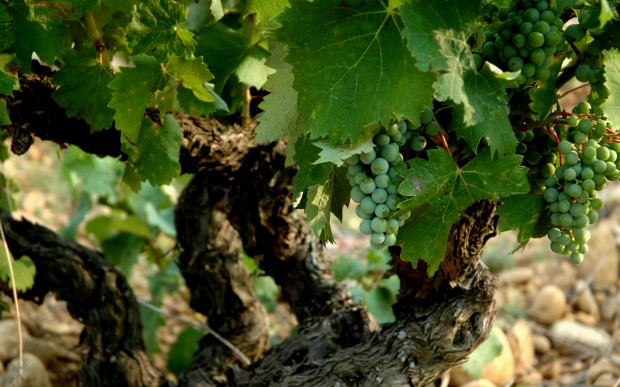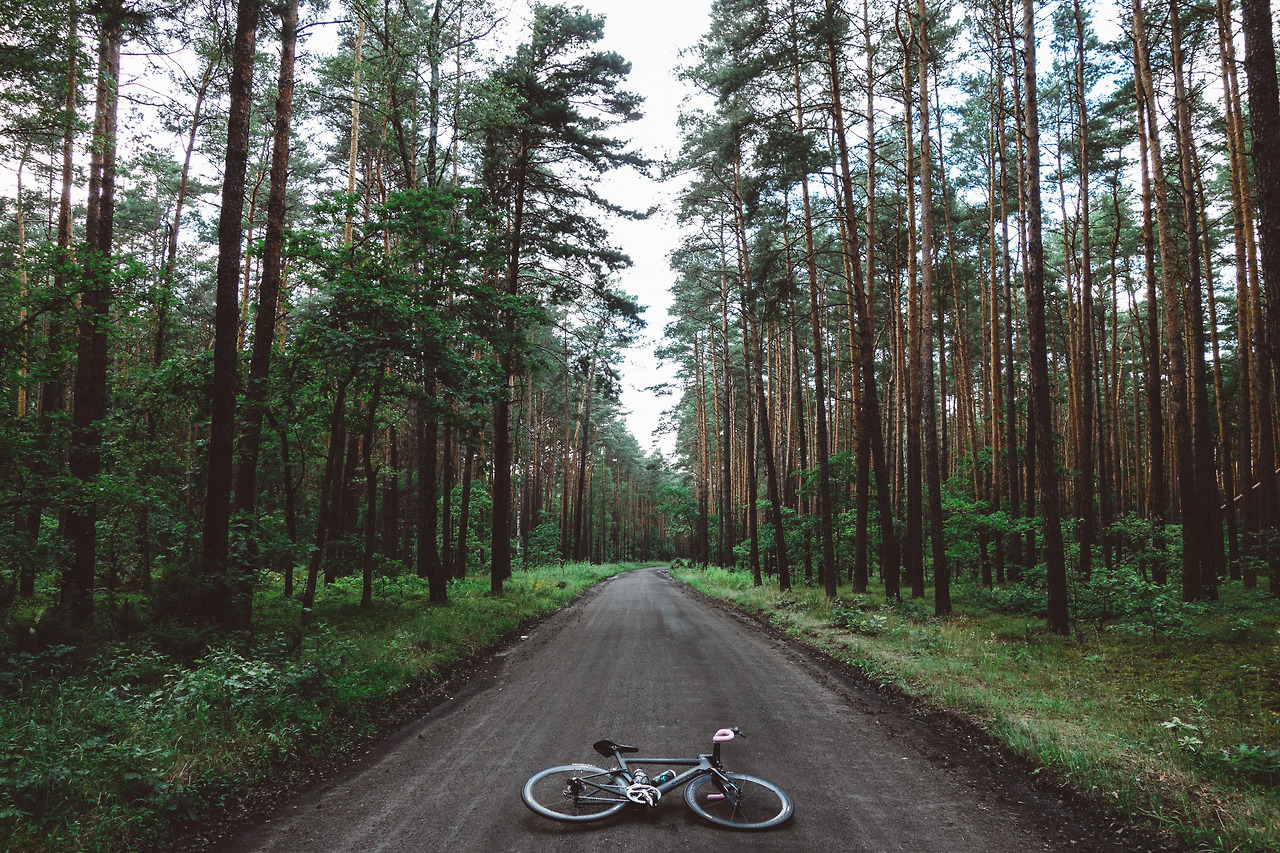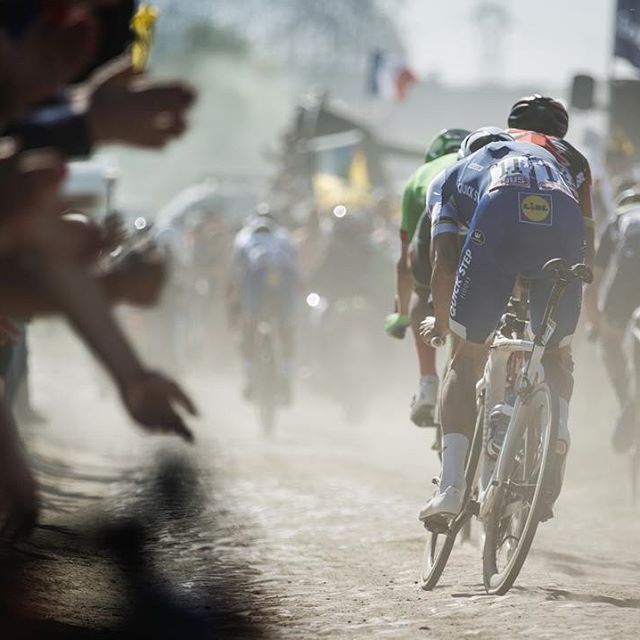The Road Less Travelled

I love wine. I mean, I like beer and scotch and can’t resist ordering a Vesper whenever I pretend to be a gentleman spy, but I love wine. As a semi-professional drinker, the biggest worry I have is that should my as-yet undiagnosed problem with alcohol become a diagnosed problem with alcohol, I’d have to stop drinking wine. A full bodied, well balanced red – not too fruit forward but with a good nose of earth and a long finish – will get my heart racing every time.
And speaking of a good nose of earth, I restrict that strictly to wine; last week’s face-plant while training for cyclocross was taking it a step too far. It’s amazing how a stick positioned in just the right spot at just the right angle can move a much larger object laterally with some ease. Like the Greeks using timber rollers to haul the Trojan Horse to the walls of the city, so my front wheel slid off with surprising speed, sending me to the ground stunned and with a hint of terra firma lingering in my sinuses.
The first thing we think of when we think of having good bike handling skills is someone like Robbie McEwen or Peter Sagan dodging about in the bunch, chasing the best wheels and avoiding crashes in technical finales. Or Sven Nijs avoiding barriers the way I avoid awkward conversations about things like “feelings”. But good bike handling skills are usually much less obvious than that – and much more elemental to having confidence on the bike.
Good bike handling skills are fundamentally about weight distribution and understanding how shifting your weight on the bike will affect the way it reacts to the road. The difficulty with this is that learning how your weight affects the bike involves trial and error, and in this case “trial and error” means “crashing loads”. And for anyone who has crashed a road bike, we all know this involves an empirical study about what happens when a soft surface abraids against a hard rough surface. And also the possibility of motor vehicles and other terribly unpleasant things interacting with said soft surface.
A study in extremes tends to be the most effective tool when examining how subtle weight changes might influence how the rider and machine move together as one. The basic problem with riding on the road is that the surface is so uniform that the opportunity for meaningful study are rare and come with high risks and unpleasant consequences. Which is why riding off road is the secret to becoming a good bike handler and ultimately a better Cyclist. First and foremost, the consequences of being at the bottom of the learning curve are much reduced; speeds are lower and the surfaces are (generally) softer. There are also fewer cars. But mostly, the surface is so erratic that you are constantly forced to experiment with how distributing your weight can influence the way the unit moves together.
Here are a few principles I’ve use when it comes to improving my bike handling:
- Don’t be afraid to crash. Crashing is what teaches us where the boundaries lie and riders who never crash are not finding their boundaries. We’re doing this off road partly because of the lowered consequences of coming off. Embrace it.
- Look where you want to go, not at the obstacles you’re trying to avoid. There is some serious voodoo that goes on with how your body interacts with your sight, so just keep focussed on where you want to be and your body will follow.
- To learn how weight distribution affects traction, find a short, steep hill with some roots and maybe even a few off-camber pitches. Take an afternoon and after you warm up, ride it over and over and over again until you get it right every time. In the dry and then in the wet. You will fall, you will hit your knee. You might even smack your sensitive bits on the top tube or your stem. Its all part of the learning process, so refer to Rule #5.
- Find a web of trees and pick what looks like an impossible path through them. Take an afternoon and try to ride that path as fast as possible. Race a training partner if you have one. Take turns leading and chasing. Try applying the front brake in a really tight turn and continue pedalling; then try it with the rear. Then ride with no brakes. Figure out what works for you and what makes you drop to the ground like a sack of potatoes.
- Find the longest, roughest stretch of flattish trail you can find and spend the afternoon riding it full gas as though you’re riding the cobbles in Northern Europe. Ride it in different gears and try to understand what speed and cadence work best. Figure out how to unload the wheels in quick succession to avoid smashing the rim against something hard and getting a flat.
After a short while, these things become second nature and you don’t even have think about them. The next time you hit the road, you’ll be amazed at comfortable and confident you feel on your machine. And feeling comfortable and confident is the first step towards being Casually Deliberate and Looking Pro.
VLVV.

